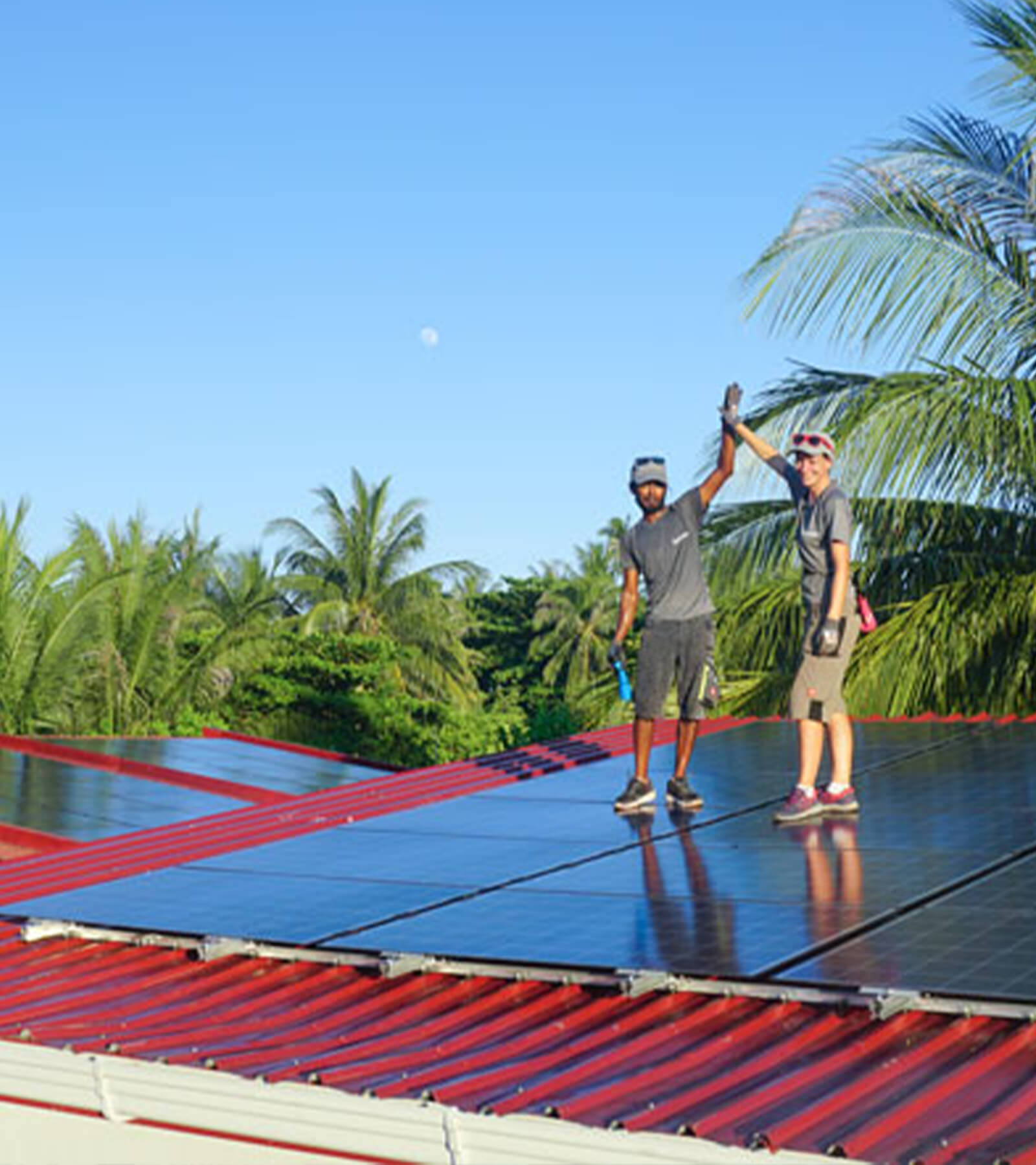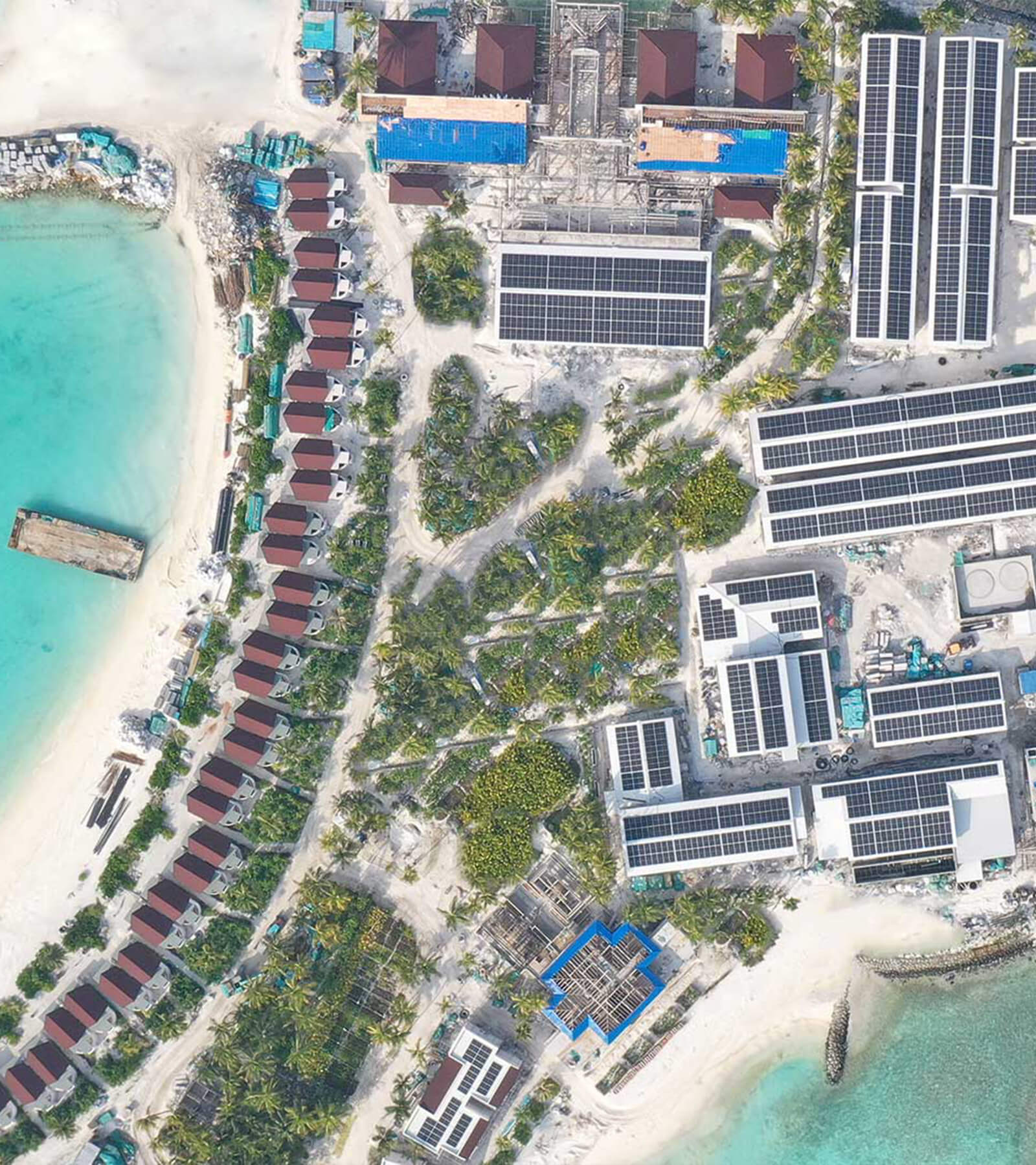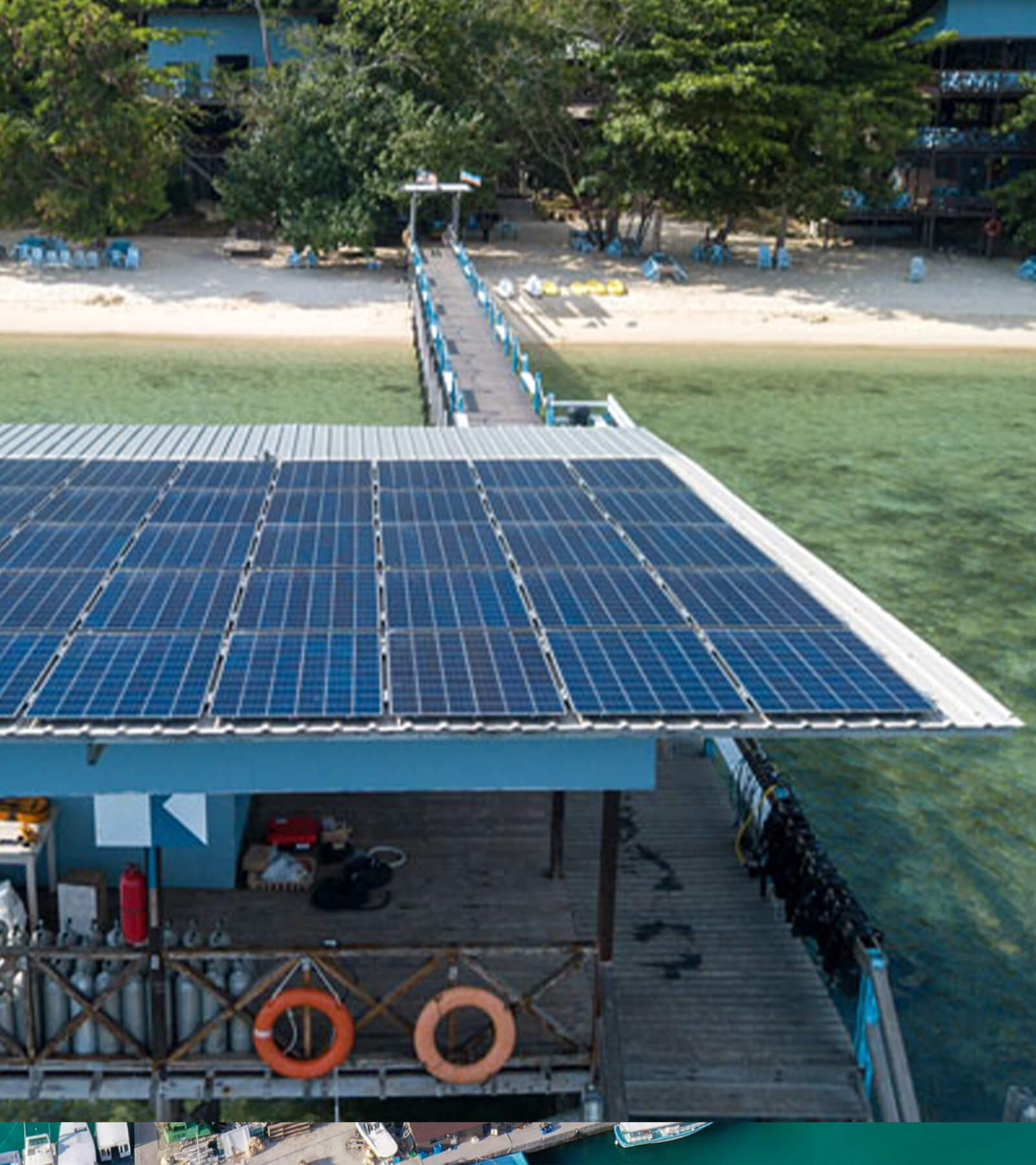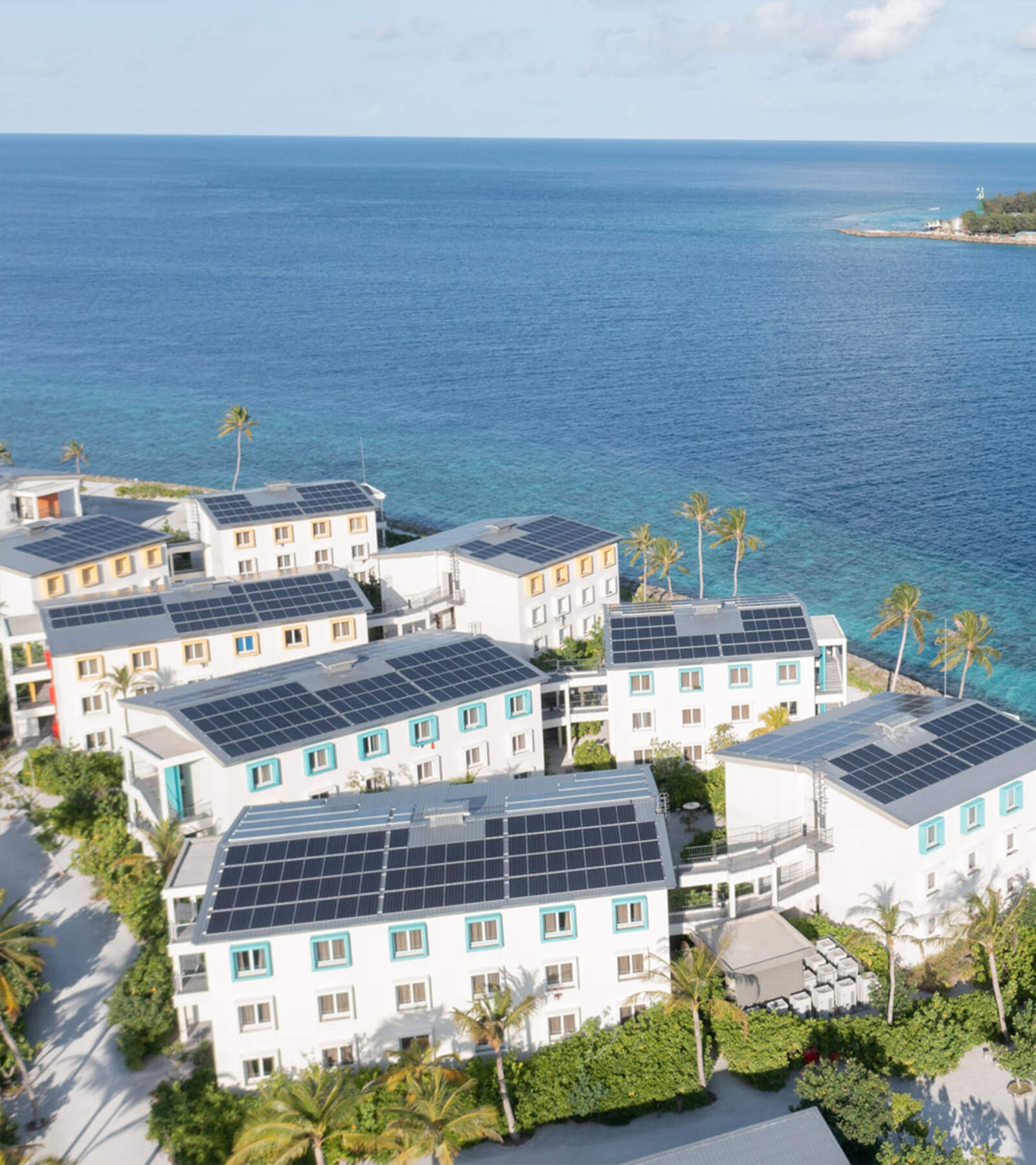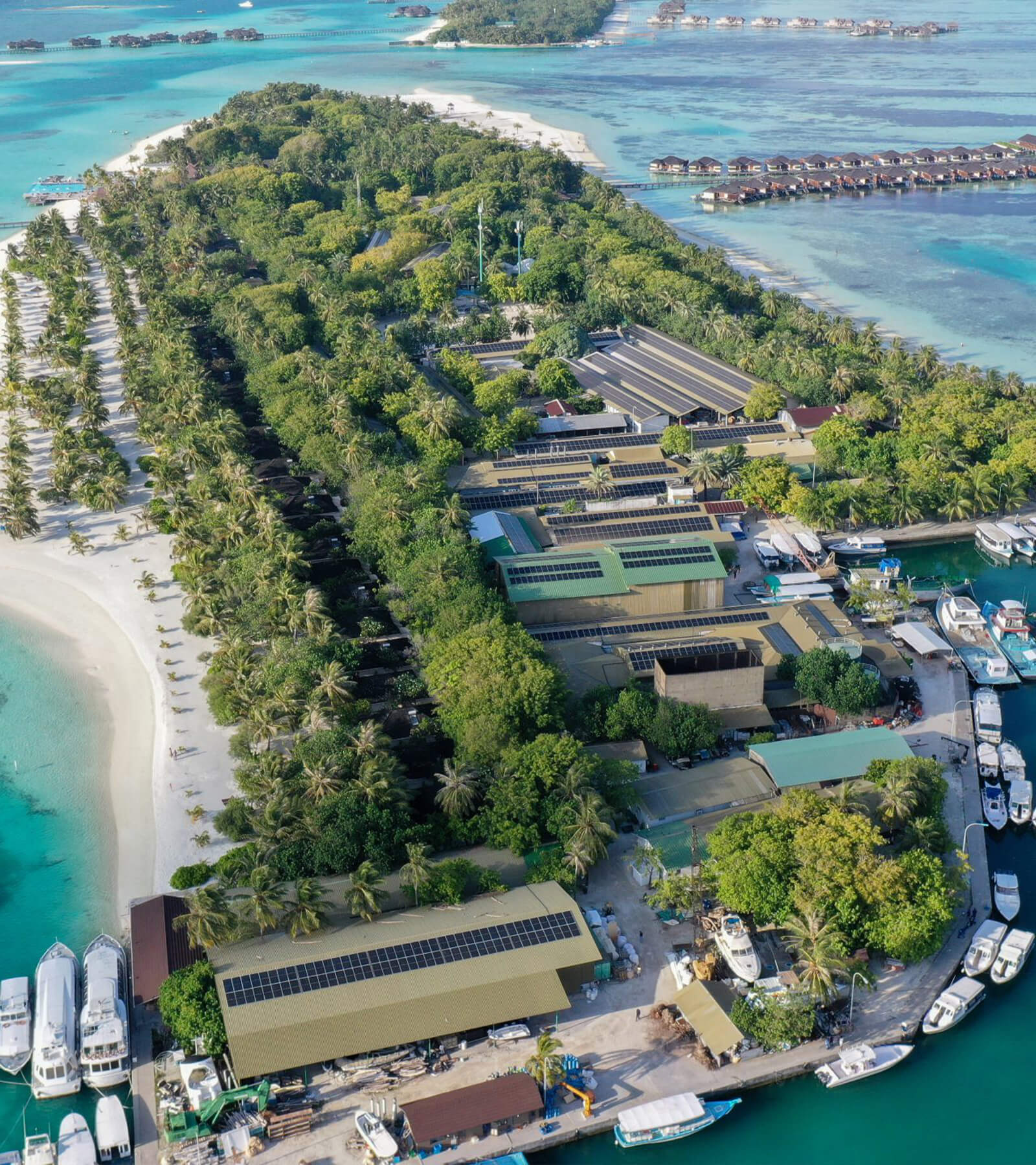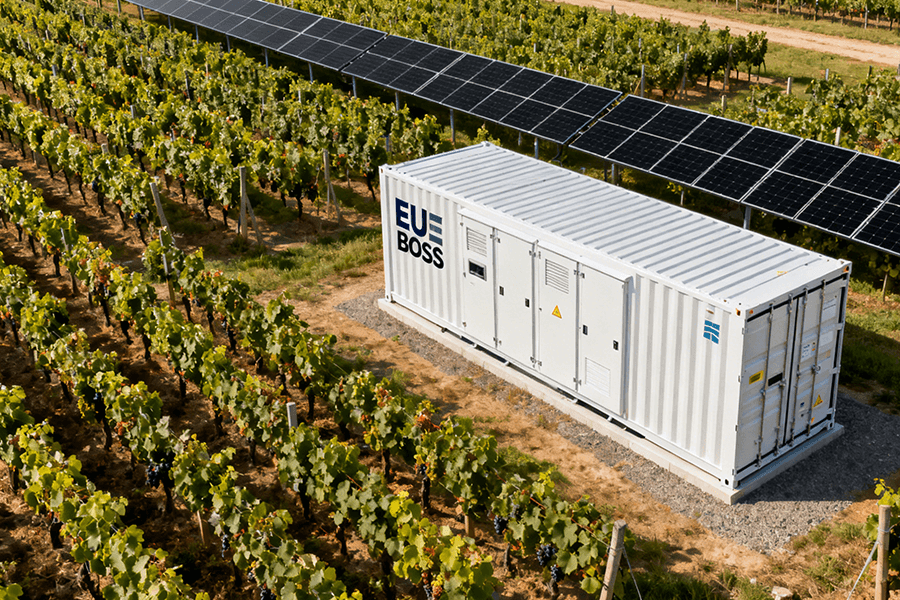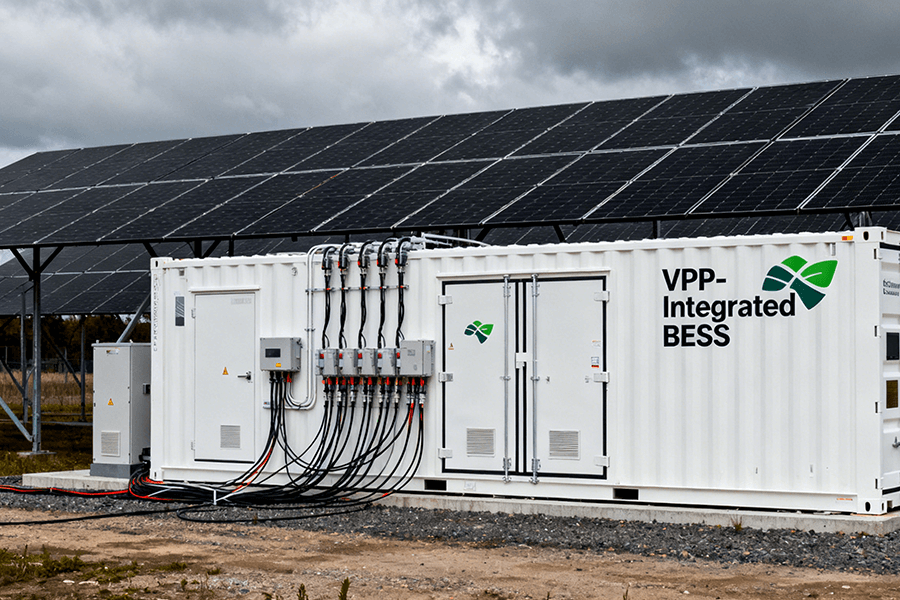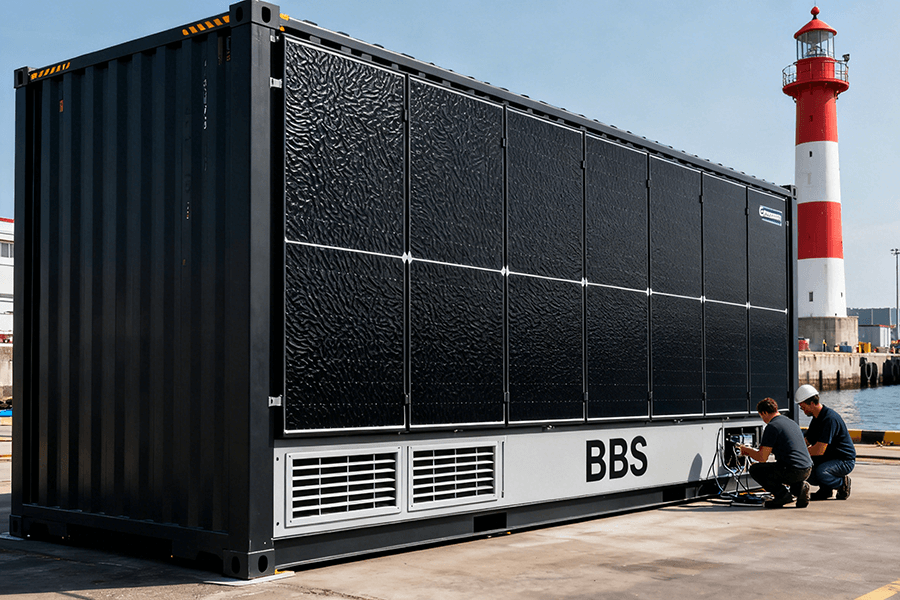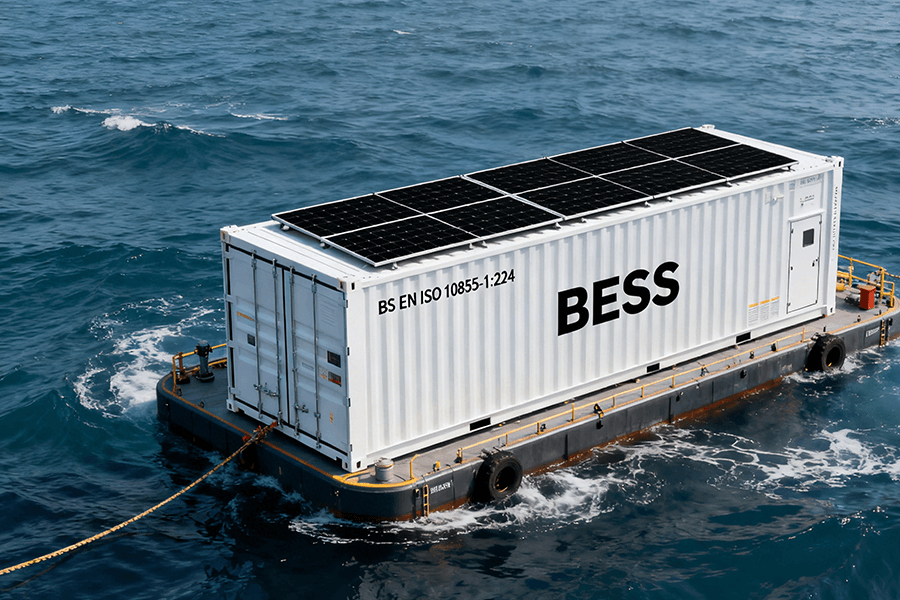
Market Background: Europe’s Offshore Boom & the New “No Entry” Sign
Europe’s offshore energy party is in full swing, but it’s not a casual backyard BBQ—it’s a black-tie event with strict dress codes. Let’s crunch the numbers first to see just how big the opportunity is:
|
Metric
|
2024 Data
|
2030 Projection
|
Source
|
|---|---|---|---|
|
Europe’s Total Wind Capacity
|
285 GW (37 GW offshore)
|
450 GW
|
|
|
New Offshore Capacity (2024)
|
2.6 GW
|
—
|
|
|
Investment in European Wind (2024)
|
€33 BN
|
—
|
With Denmark getting 56% of its electricity from wind (yes, more than half!) and the UK, Germany, and Sweden not far behind, the demand for reliable offshore energy storage is off the charts. These countries aren’t just chasing renewable targets—they’re building energy security, and BESS is the missing piece.
But here’s the plot twist: On November 28, 2024, BS EN ISO 10855-1:2024 dropped like a regulatory bombshell. This 40-page standard isn’t just a suggestion—it’s the bouncer at the EU offshore club.
It covers everything from container design to lifting set safety, and if your BESS doesn’t have its stamp of approval, you’re stuck on the mainland watching competitors win contracts.
Why does this matter? Offshore environments are brutal—far harsher than anything on land. Consider these realities:
-
Saltwater corrodes metal faster than a gossip spreads rumors (regular steel can start rusting in as little as 30 days).
-
Wave vibrations can rattle untested equipment to pieces, with peak forces reaching 10x the container’s weight.
-
Temperatures swing from -20°C (-4°F) in winter to 45°C (113°F) in summer—enough to fry unregulated batteries.
BS EN ISO 10855-1:2024 ensures your BESS isn’t just “good enough”—it’s built to outlast the storms. Think of it as a marine-grade warranty for your energy storage.
Compliance Core: What BS EN ISO 10855-1:2024 Actually Demands
Let’s cut through the jargon—this standard isn’t trying to confuse you (okay, maybe a little). It’s focused on four non-negotiable pillars that separate the tough BESS from the tender ones. Here’s the breakdown in plain language:
|
Compliance Requirement
|
What It Means (In Plain English)
|
Why It’s Critical
|
|---|---|---|
|
IP66/NEMA 4X Protection
|
No dust, no rain, no salt spray gets inside—even if you hose it down (we don’t recommend testing this). Seals are rated to last 10+ years.
|
Prevents short circuits from moisture or corrosion—offshore’s biggest electrical killers (80% of offshore BESS failures pre-2024 were moisture-related).
|
|
Corrosion-Resistant Materials
|
Uses marine-grade steel (ASTM A36) or aluminum with E-coat + powder coating—think of it as a “rust-proof shield.”
|
You can grab the full standard for €299.28 (either PDF or hard copy) , but trust us—investing in compliance is cheaper than replacing a sunken BESS. Just ask the companies that learned the hard way before 2024.
Product Tech Advantages: Your BESS Doesn’t Just Comply—It Shines
Compliance is the baseline, but the best offshore BESS containers are like Swiss Army knives—they do more than just follow the rules. Here’s what sets the leaders apart:
-
Marine-Grade Protection That’s Overkill (In a Good Way): We’re not just talking IP66—top-tier BESS undergoes 1,000 hours of salt spray testing (that’s 41 days of non-stop ocean mist) and still works like new. It’s the equivalent of wearing a raincoat, boots, and an umbrella in a drizzle—but better.
-
DNV-ST-0528 Certification: The Cherry on Top: BS EN ISO 10855-1:2024 is mandatory, but DNV-ST-0528 is the “I’m serious about offshore” badge. This maritime standard checks everything from fire safety to battery thermal management, making your BESS welcome in every European port.
-
10ms Grid Response: Faster Than a Reflex: When the wind drops or demand spikes, your BESS needs to react before the grid blinks. The best models hit 10ms response time—faster than a human can say “energy storage.” For context, a typical home inverter takes 100x longer. That speed keeps the lights on for offshore workers and coastal towns.
-
Modular Transport: Fit for EU Ships (No Extra Fees): At 11 tons with smart skids, compliant BESS containers fit perfectly on EU offshore supply vessels—no need for custom cranes or expensive modifications. EU’s new 2024 transport regulations (focused on safety and traceability ) love this: it’s easy to track, easy to load, and easy on the budget.
Application Scenarios: Where Your BESS Becomes a Hero
Offshore BESS isn’t a one-trick pony. It’s the utility player of the marine energy world, showing up where it’s needed most:
Offshore Wind Farm Sidekick
Wind turbines are great—until the wind stops. Pairing them with BESS means steady power to the grid, even when the breeze takes a coffee break. Take the Borssele 1&2 wind farm in the Netherlands : Adding BESS containers here has cut grid instability by 40%, making the farm’s output as reliable as a Dutch bicycle.
Offshore Platform Emergency Power
If the main power goes out on an oil or gas platform, every second counts. BESS containers kick in instantly (thanks to that 10ms response!) to power emergency lights, pumps, and communication systems. A single 20-foot compliant BESS can keep critical systems running for 72 hours—enough time to fix the issue without panic.
Island Microgrids: No More “Dark Nights”
Remote islands like Ireland’s Aran Islands used to rely on diesel generators—noisy, expensive, and dirty. Now, solar + BESS microgrids (powered by compliant containers) cover 80% of their energy needs. The BESS stores excess solar power for nights and cloudy days, slashing diesel costs by €150,000 per island annually.
Competitive Barrier: Why Early Compliance = Market Dominance
Here’s the secret: Most BESS manufacturers are still scrambling to meet BS EN ISO 10855-1:2024. Those who got ahead? They’re winning contracts left and right. Case in point: Our 50 BESS containers deployed in the Norwegian North Sea two years ago (before the standard was even finalized) are still running zero-fault. Let that sink in—two years of North Sea storms, salt, and vibration, and not a single glitch. That’s the power of early compliance.
Why is this a barrier? Because getting certified takes 6–12 months (and €50,000–€100,000 in testing). Manufacturers who waited until 2024 are now stuck in a backlog of certification labs, while we’re already installing containers. It’s like showing up to a race with a head start—and a faster car.
Meet Maxbo Solar: Your Compliant BESS Partner
I’m proud to say Maxbo Solar didn’t just “meet” BS EN ISO 10855-1:2024—we helped shape the conversation around what compliant BESS should be. Back in 2023, when most companies were still reading the draft standard, our engineering team was already testing materials and tweaking designs to not just pass, but exceed the requirements.
Every Maxbo offshore BESS container comes with: BS EN ISO 10855-1:2024 certification, DNV-ST-0528 approval, 10ms grid response, and that 11-ton modular design that fits EU ships like a glove. We’ve got installations from the North Sea to the Mediterranean, and our 24/7 marine support team is always on call—even if it’s 2 AM and the waves are 10 meters high.
What makes us different? We don’t just sell you a container—we solve your energy problem. Need a custom size? We’ve got it. Want to integrate with your existing wind farm system? Our tech team speaks your language. And with our transparent pricing (no hidden “compliance fees”), you’ll know exactly what you’re paying for—quality that lasts.
Curious to see how our BESS can work for your project? Head to www.maxbo-solar.com to check out our case studies, or drop us a line. We’re not just another BESS supplier—we’re your offshore energy partner, built to last as long as the storms.

